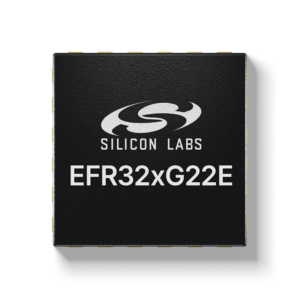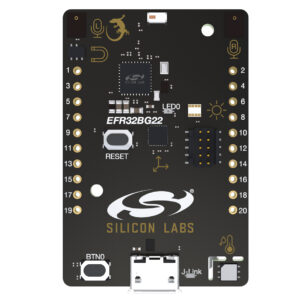
APRIL 22, 2024 BY AIMEE KALNOSKAS
Collected at : https://www.eeworldonline.com/socs-designed-to-enable-battery-free-iot-devices
Silicon Labs has announced a new family of wireless system-on-chip (SoC) products called the xG22E. This new SoC family is designed to operate within the ultra-low power requirements of battery-free, energy harvesting applications.
The xG22E family consists of three SoCs: the BG22E, MG22E, and FG22E. These are described as Silicon Labs’ most energy-efficient SoCs to date. They are intended to enable IoT device makers to build high-performance wireless devices that can operate on energy harvested from sources like indoor/outdoor light, ambient radio waves, and kinetic motion.
To support the development of energy harvesting solutions, Silicon Labs is partnering with e-peas, a provider of power management integrated circuits (PMICs) for energy harvesting. The two companies have co-developed energy harvesting shields that can be used with Silicon Labs’ new xG22E Explorer Kit. These shields are designed to work with different energy sources and storage technologies.
The xG22E SoCs include several features aimed at minimizing energy use and extending device lifespan. An xG22E device can wake up in 8 milliseconds and use only 150 micro-Joules of energy to transmit packets before returning to sleep. The SoCs can reduce wake-up energy by 78% compared to previous Silicon Labs devices, and have multiple deep sleep wake-up options. Additionally, the xG22E can smoothly transition between power modes to avoid current spikes that could harm energy storage.
Energy harvesting technologies offer benefits like reduced energy costs, elimination of battery dependence, and reduced carbon footprint. The xG22E SoCs are positioned to enable more sustainable IoT applications that can operate without batteries.
More information:
- The registration page for the May 9th Tech Talk unboxing of the xG22E
- The new Silicon Labs Energy Harvesting page
- The Silicon Labs blog to learn more about energy harvesting


Leave a Reply